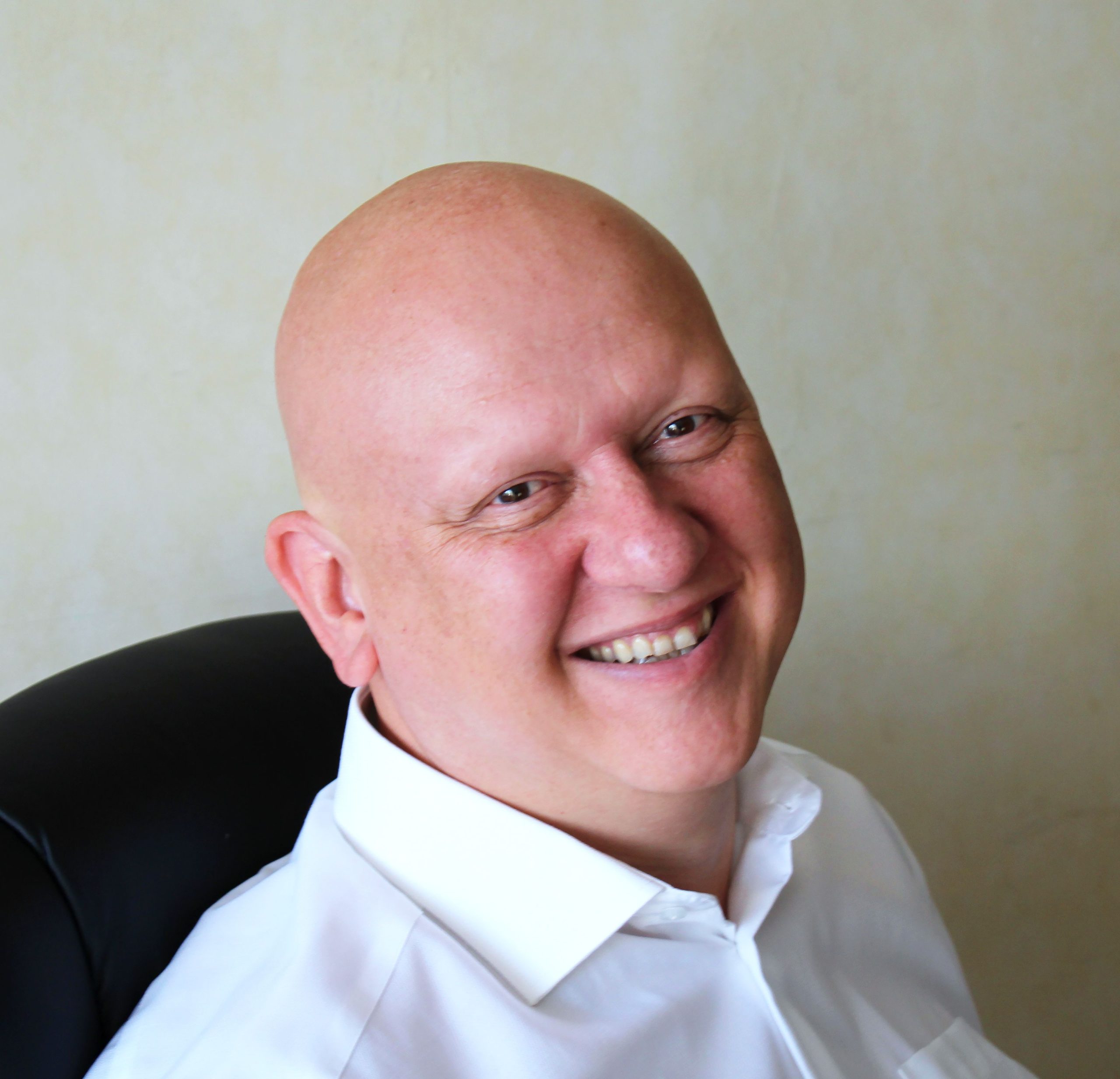Denis D. Sheka
Fellow 2023/2024
Physics
Institute of High Technologies, Taras Shevchenko National University of Kyiv
Volkswagen Stiftung
sheka@knu.ua

Bio
Denis D. Sheka received his Ph.D. degree from the Institute of Magnetism (Kyiv, Ukraine, 1995) and works in position of full professor at the Taras Shevchenko National University of Kyiv (KNU). He was awarded by Davydov Prize from the National Academy of Science of Ukraine (2005). During 2006–2007 Dr Sheka was a Humboldt Fellow at Bayreuth University, Germany. He received a D.Sci. degree in theoretical physics from Bogolyubov Institute for Theoretical Physics (Kyiv, Ukraine, 2009). Since 2013 he is a full Professor at KNU being a leading specialist in the theory of nonlinear phenomena in nanomagnets and theory of curvilinear magnetism. The group of Prof. Sheka (RiTM-team) put forth a general theory of curvilinear micromagnetism, a novel field of research in modern magnetism. RiTM-team diligently involves new students to research and actively collaborates with several tens of groups throughout the world.
Prof. Sheka is the author of about 100 peer reviewed publications.
New Trends in Curvilinear Nanomagnetism
Low-dimensional magnetic architectures including wires and thin films are key enablers of prospective ultrafast and energy efficient memory, logic, and sensor devices relying on spin-orbitronic and magnonic concepts. By tailoring curvature and topology of magnetic thin wires and films there appears a possibility to control not only their magnetic responses to external stimuli like magnetic fields but also the dynamics of magnetic excitations (spin waves, domain walls and skyrmions). Our goal is to provide new insights into the design of magnetic nanostructures and achieve full control over distinct magnetic excitations, which is practically important for applications of curvilinear magnetism, namely for curvilinear spintronics and skyrmionics. The research project consists of three targets:
- to put forth a novel approach of curvilinear magnetism of nanoobjects with geometrically tailoring cross section to achieve a control over the dynamic responses of localized magnetization textures, including localized spin waves and domain walls in ferromagnetic 3D curved nanowires/narrow ribbons;
- to develop curvilinear antiferromagnetism by extending ways of domain wall manipulation in curved antiferromagnets using magnetic fields;
- to make new steps in curvilinear skyrmionics by studying skyrmion Hall transport in curved racetracks.
The final objective is to put out theoretical models into practice due to our contacts with experimental groups working on magnetic nanosystems.